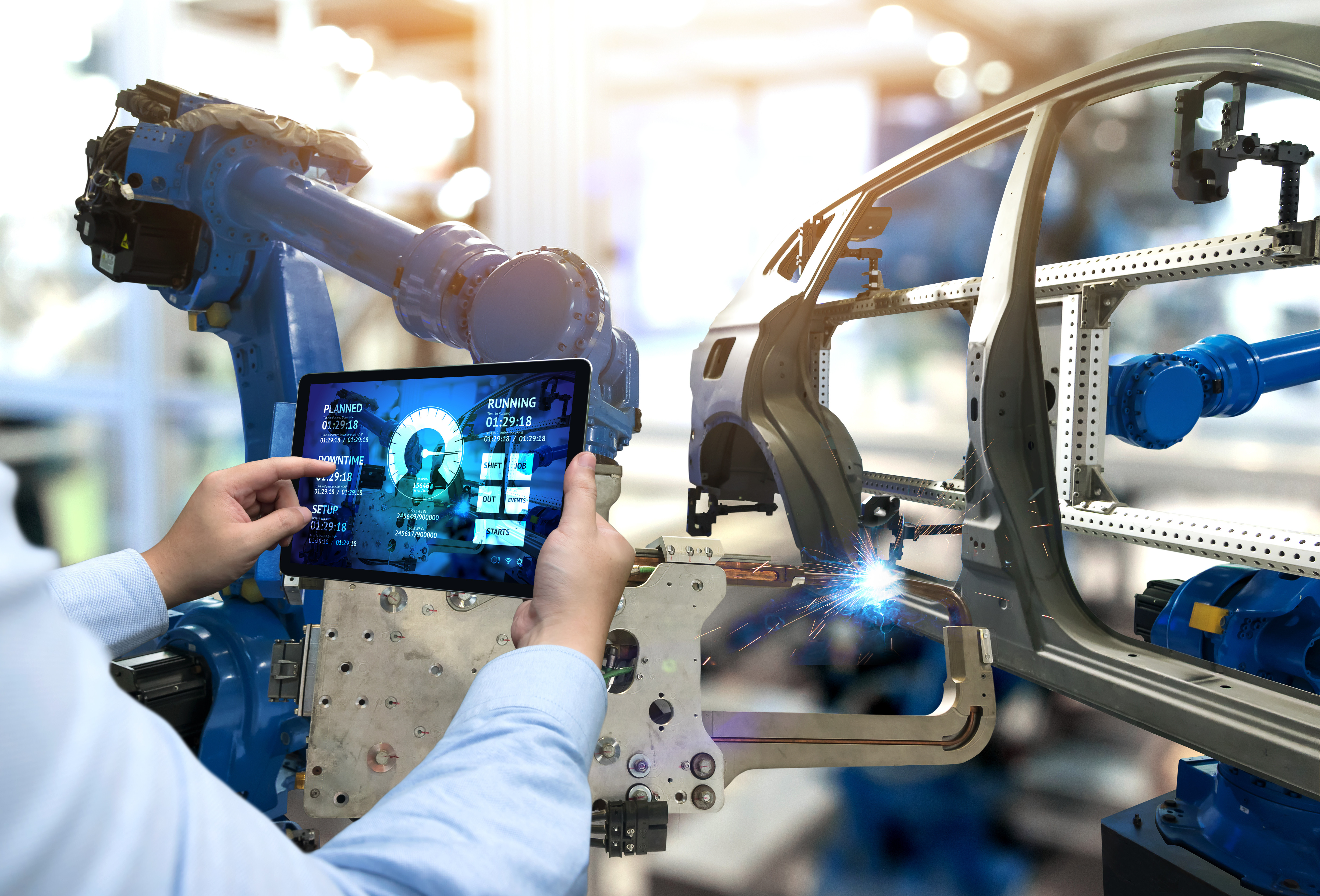The pandemic turned out to be a valuable lesson for manufacturers around the globe. It became painfully obvious that corporations that show business agility and operational resilience in the face of disruptions not only survive but thrive.
Yet, many manufacturers in Norway still haven’t done their digitalization homework. Do you dare ask yourself how flexible your organization is? How efficient, robust and resilient the operations are? And if your organization can weather future disruptive events that may have an unprecedented impact?
Current examples of disruptive events are the energy crises and the new tax rules linked to aquaculture. These are events that impose changes to operations and that could be handled smarter by, for instance, modeling and simulation through digital scenario plays or a digital twin, all to increase the accuracy of important decisions. Another example is ESG requirements, where transparency and traceability within the whole value chain are essential for effective operations.
Industry 4.0 hesitation
Why is there still hesitation when it comes to the digitalization of manufacturing? Based on my experience, few are aware of the art of possible, there’s an emphasis on short-term wins, and the internal change culture is halting. There’s also an issue with a lack of digital competence and upskilling, which became obvious in our recent Cognizant/The Economist research. The survey also shows that while the tech foundation is rising, strategies and priorities are muddled. Almost half of the respondents don’t achieve any significant value from their technology investments.
There is no lack of proof though: successful manufacturing organizations use Industry 4.0 as a competitive differentiator. A study by the MPI Group found that the three most important strategic goals in manufacturing – improved quality, increased production and lower costs – are seen by approximately half the firms that have adopted Industry 4.0.
Data as a strategic opportunity
The most impactful 4.0 technologies (analytics, AI, IoT, digital twins, and robotics) are key enablers to thrive. At the core of it all, is data. Data imposes one of the greatest strategic opportunities for manufacturers today. However, only a few companies capture the full value that data and analytics can unlock. Many traditional manufacturers, not the least in Norway, aren’t yet data-driven at all. Why is that?
The growth of traditional manufacturers has evolved ad hoc within the different parts that constitute the manufacturing value chain. Consequently, businesses use separate systems, processes and structures within the value chain. Many manufacturing lines still look like those that operated decades ago. Maintenance is manual, workers monitor machinery, setups for different product lines are done by hand. Manufacturing is behind many other sectors and legacy systems are rife.
Many manufacturers are still stuck in spreadsheet analysis and gut-based decision-making. In today’s increasingly complex world, that approach isn’t sustainable. We have clients with 30 000 subcontractors; no human eye can identify patterns or draw any valuable conclusions from the high numbers.
Digital reinvention of manufacturing
Without shared data that connects the siloed parts of the value chain, organizations impede their ability to get real-time insights, and to collaborate and respond quickly as demands change or the supply chain needs adjustments. Further, they also lack the visibility required to meet ESG demands throughout the extended value chain.
At the same time tech powerhouses like AWS and Intel are making cloud and digital tools both accessible, affordable and scalable. They are the engines enabling AI and ML models to be deployed rapidly, securely and cost-effectively. AI is already making an impact by predicting when machines need maintenance or repairs. This enables manufacturers to make changes that reduce the risks to their assets.
While manufacturers worry about making it through the tough times, a resilient supply chain and value chain are within reach. Cognizant has supported many projects where digitalization enables a reinvention of manufacturing processes, like for an international manufacturer where we implemented an industrial IoT platform. Our global muscles, industry expertise and local presence make us a trustworthy partner. Our experience within data empowerment, frequently underestimated, is also hard to beat.
Rising raw material costs, supply chain and logistic challenges, as well as workforce issues continue to create hurdles, not the least amid the unpredictable security situation in Europe. A manufacturer’s digital ability is a prerequisite to success; traditional manufacturers lose the benefits of being data-driven by resisting or slow-rolling change.
Now is the time to address the challenges; standing still is not an option in times of turmoil. So, prepare (or simulate) for the worst, have flexible and fast-moving data-supported decisions and you will thrive where others struggle.
Download our whitepaper “Time for Industry 4.0” to learn more.
Our experts are contributing with exciting insights about what is going on within technology and innovation.


















